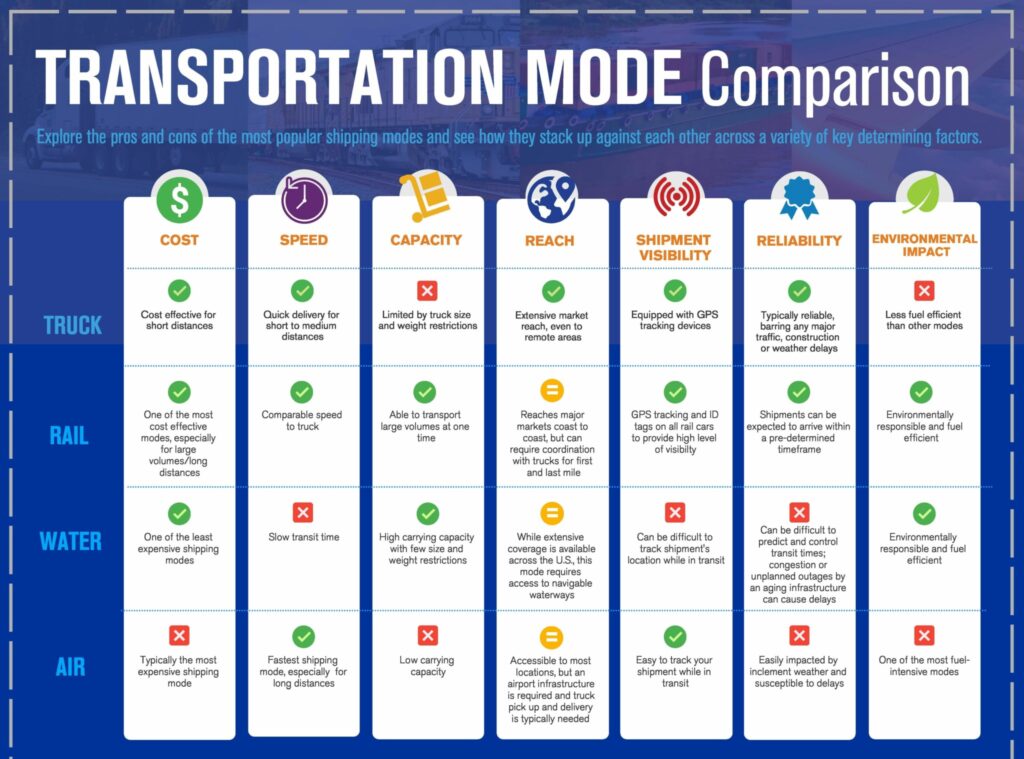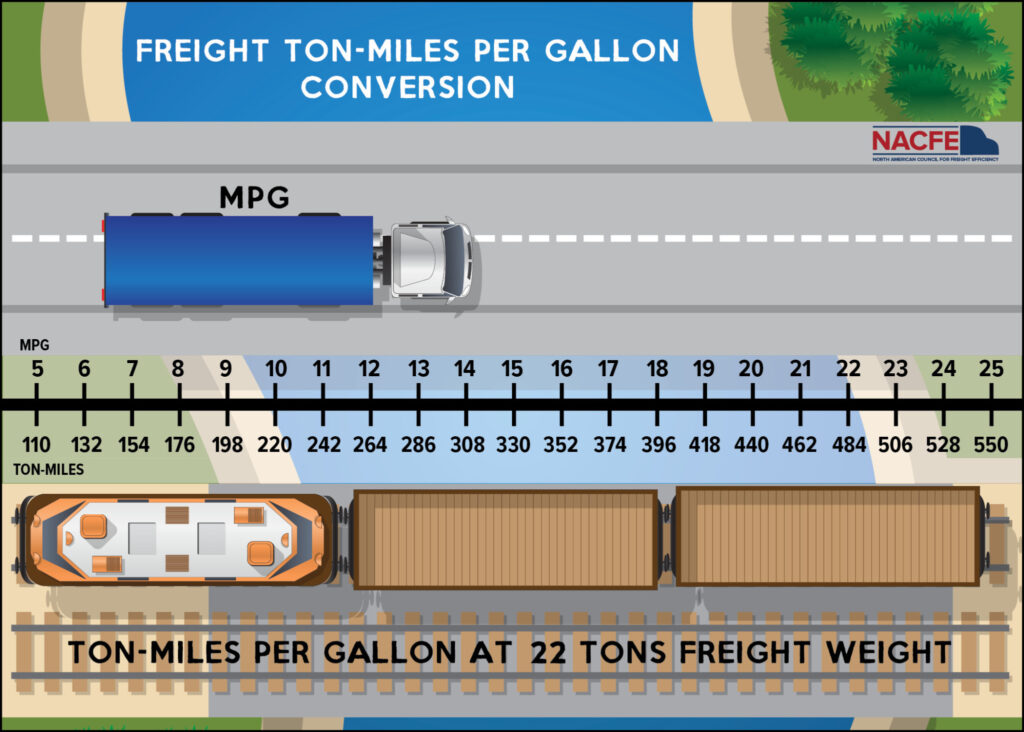Electric drayage vehicles, terminal tractors can make intermodal cleaner shipping option
A new report from the North American Council for Freight Efficiency (NACFE) highlights opportunities to slash transportation emissions through the increased use of intermodal.
Supplementing rail with zero-emission drayage vehicles and terminal tractors can make this mode even greener, the organization says.

“Intermodal involves using a combination of transportation methods to get goods delivered,” says Rick Mihelic, NACFE’s director of emerging technologies and the lead author of the report. “However, a partnership between truck and rail is necessary to improve and optimize freight movement and to make use of zero-emission technology.”
“This is an early market segment for electrification,” adds Mike Roeth, NACFE’s executive director, “but it is more complicated and complex than it seems at first glance.”
The report suggests that rail and trucking are intertwined freight segments that compete with, and complement, each other. But together truck and rail can reduce freight emissions significantly compared to longhaul shipping by truck.”
The report asks the question: Can freight haulers and shippers improve their net sustainability equations with greater optimization of intermodal transportation modes?

NACFE thinks so, especially if there’s greater use of train for the middle mile between urban centers, and zero-emission regional and urban trucks used for the final mile. However, NACFE admits this is complex, with “significant operational, economic and regulatory challenges versus alternative modes of transportation like trucking,” which must be overcome. The reliability and speed of the North American rail system is also a challenge to overcome.
Freight delivery time sensitivity generally favors truck, NACFE acknowledged in its report.
“There are many reasons why trucks garner significant use at all distances,” the report reads. “For example, trains don’t run everywhere, trains are slower, rail customer services has not received the same priority as trucking has given it with e-commerce and rapid delivery, captive rail markets mean less price competition inside of rail transport, and many other factors.”
Partners, not competitors
However, Mihelic said the two modes should work together.
“Truck and rail are partners, not competitors,” he said. “Reducing costs and emissions requires railroads and trucking to optimize freight hauling as a system of both, rather than one versus the other.”
Ultimately, NACFE concluded, the market will determine which mode is used. So far, that market has favored truck in most cases due to performance benefits, while rail has made inroads in certain lanes. Meanwhile, trucking miles per gallon improvements have exceeded those seen in the rail industry.
Because the drayage segment is dominated by smaller owner-operators and fleets typically running aging equipment, NACFE says support will be needed to get them to transition to zero-emission vehicles.
“Policies and incentives to retire aging vehicles are required to expedite transition to newer technologies,” the report says.
It recommends: Shifting more freight from regional and longhaul trucking to intermodal rail; replacing traditional diesel drayage tractors with zero-emission and near-zero-emission tractors; and doing the same for terminal tractors.
The report concluded that “Intermodal rail combined with zero-emission drayage vehicles are capable in combination of reducing freight emissions versus traditional diesel longhaul trucking on specific shipping lanes, but are not necessarily better on all lanes due to the tracking limitations and market segmentation of the six Class 1 railroads.”
Have your say
This is a moderated forum. Comments will no longer be published unless they are accompanied by a first and last name and a verifiable email address. (Today's Trucking will not publish or share the email address.) Profane language and content deemed to be libelous, racist, or threatening in nature will not be published under any circumstances.